A key ingredient to the good life is a great plate of spaghetti. Recipes may vary, but it all starts with the right tomato. But which ones are they? We've simmered on the subject, and here's the key to choosing the right tomatoes:
Canned San Marzano tomatoes are the best for making tomato sauce. Other varieties of canned plum tomatoes can also make great pasta sauce.
You can also use fresh tomatoes when they are in season and ripe. Fresh plum tomatoes, such as Roma, work exceptionally well for spaghetti sauce.
If you've got a hankering for understanding what makes these tomatoes ideal and getting some great recipes, tips, and techniques for making your own spaghetti sauce, you'll want to read on.
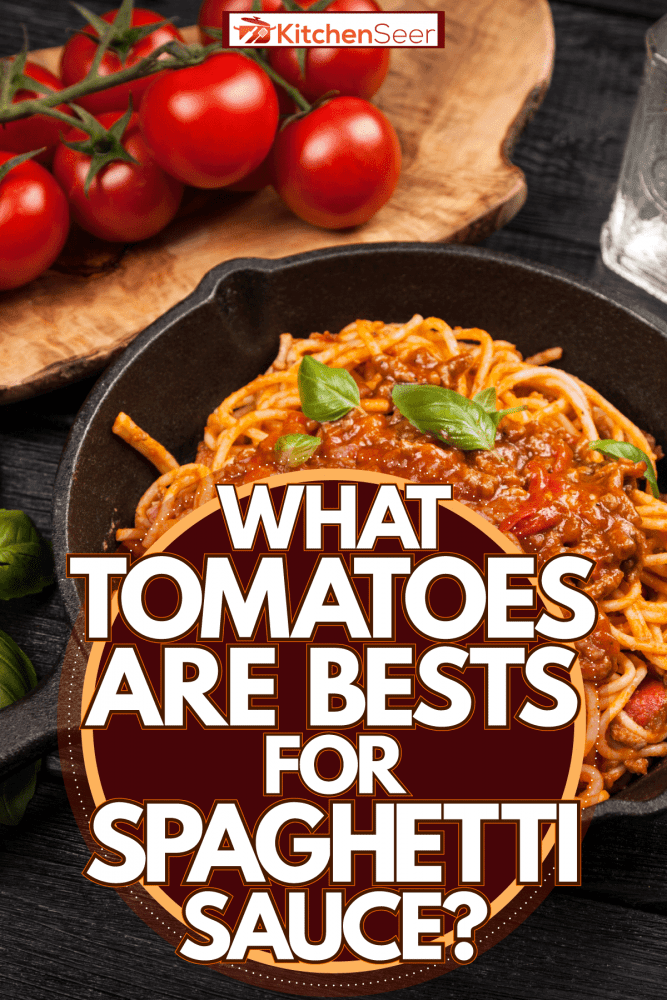
The best tomatoes for sauce
Tomato sauce is a magical thing. Or, rather, it can be. Tomato sauce needs to have a deep, rich flavor with a balance of acidity, sweetness, saltiness, and the savory flavor known as umami. The key to avoiding bland, watery, or thin sauces is to start with the right tomatoes.
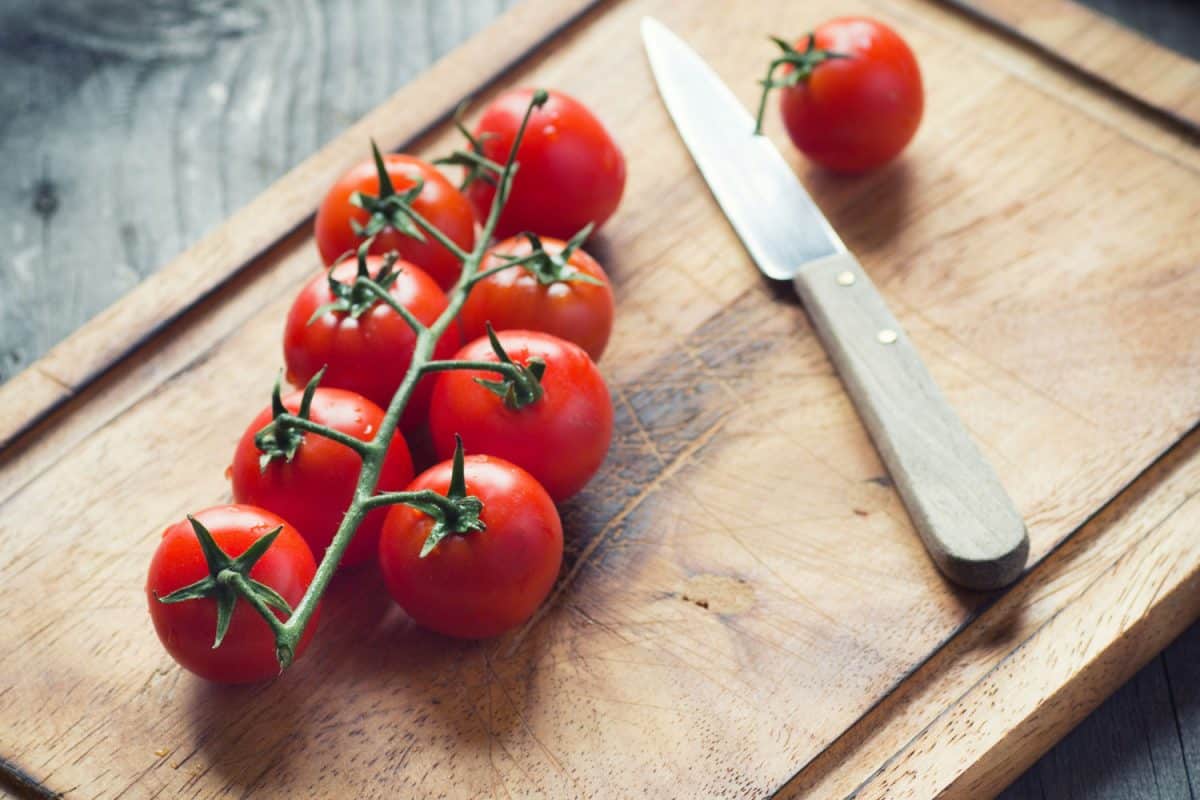
San Marzano Tomatoes
Enter San Marzano tomatoes. These are often referred to as "the Ferrari of tomatoes," not just because of their Italian origin but also because of their quality and, unfortunately, price.
San Marzano tomatoes are prized for their deep, tomatoey flavor and balance of sweetness and acidity. They are a special variety of plum tomato, but San Marzano is more than just a variety. Like champagne, there are rules about where real San Marzano tomatoes come from. Regulations also govern how they can be grown.
San Marzano tomatoes must grow in the volcanic soil at the base of Mt. Vesuvius and receive a DOP certification from the San Marzano Consortium.
In Europe, all tomatoes labeled San Marzano must receive that DOP. US restrictions are less strict, and many tomatoes marked San Marzano aren't the genuine article. In 2011, the then president of the Consortium said only 5% of San Marzano's sold in the US were the real deal.
To get real San Marzano tomatoes, look for a label that says "DOP" on the can. Other words like "certified" are red herrings that don't mean anything in terms of regulations. Because of the strict rules around these tomatoes, expect to pay more for them, several times as much as most other canned tomatoes.
Click here to see these DOP-certified San Marzano tomatoes on Amazon.
Other Canned Tomatoes
San Marzano may be the crème de la crème of sauce tomatoes, but that doesn't mean you can't make an awesome spaghetti sauce with other varieties. Whole peeled tomatoes and crushed tomatoes also work great for sauce, especially plum varieties.
The staff at Epicurious found that they preferred US-based Redpack plum tomatoes over the San Marzano tomatoes in a blind taste test.
Click here to see these Redpack plum tomatoes on Amazon.
Remember those canned tomatoes with the San Marzano label but not the DOP? According to regulators, while they might not be genuine San Marzano tomatoes, they can still make superb sauces and come cheaper than their DOP-certified counterparts. Most come from Italy, but some, like these from Muir Glen, grow in the US.
Click here to see these California-grown, San Marzano-style tomatoes on Amazon.
Fresh Tomatoes
Nine times out of ten, canned tomatoes will beat fresh tomatoes when making sauce. This isn't just because of their convenience. Canned tomatoes are processed in their peak season at the zenith of their ripeness. The canning process may ruin the texture of tomatoes for fresh applications, but it preserves their flavor.
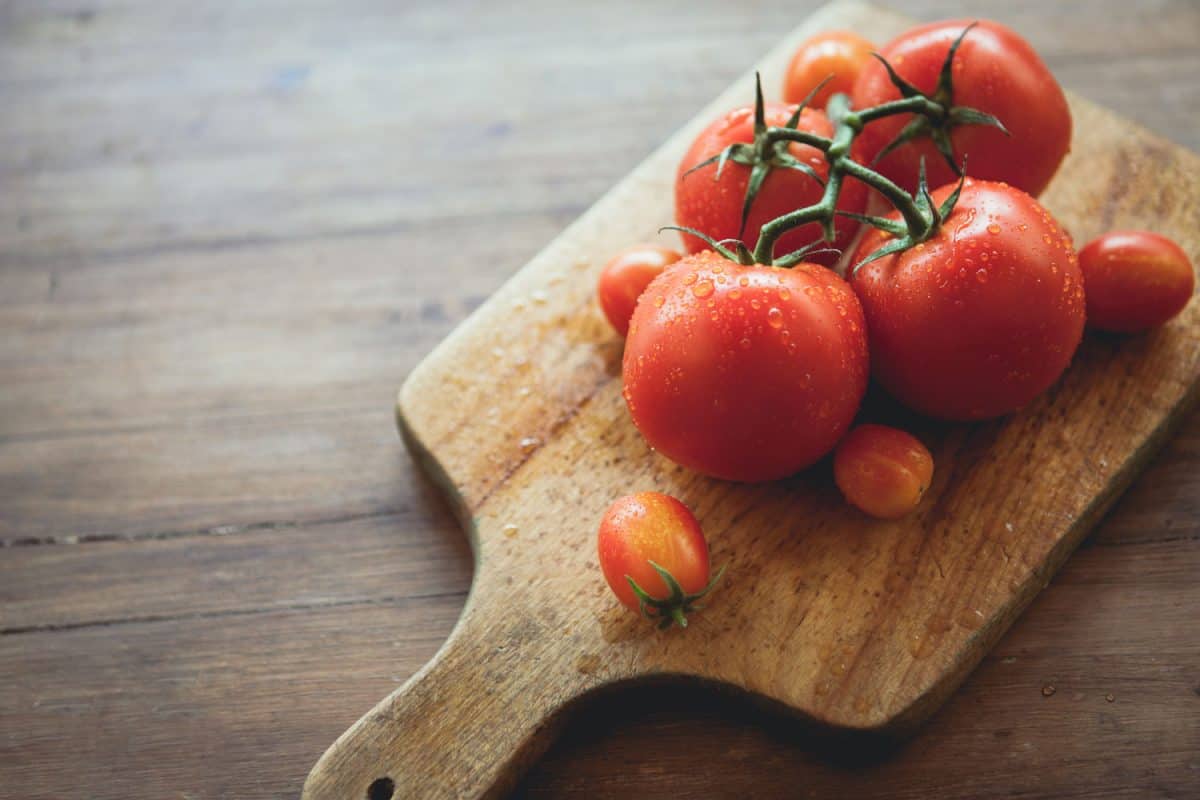
Most fresh tomatoes at the supermarket are, by comparison, bland and under-ripe. They tend to be varieties grown to look good and stay presentable longer, even in the off-season. These, by and large, make bland, underwhelming sauces.
However, in peak tomato season, you can often find great fresh tomatoes at farmers' markets, some supermarkets, or even your own backyard! Plum, Roma, and heirloom plum varieties like Amish Paste tomatoes are excellent choices as they have fewer seeds, thicker flesh, and rich flavor.
How do you make spaghetti sauce?
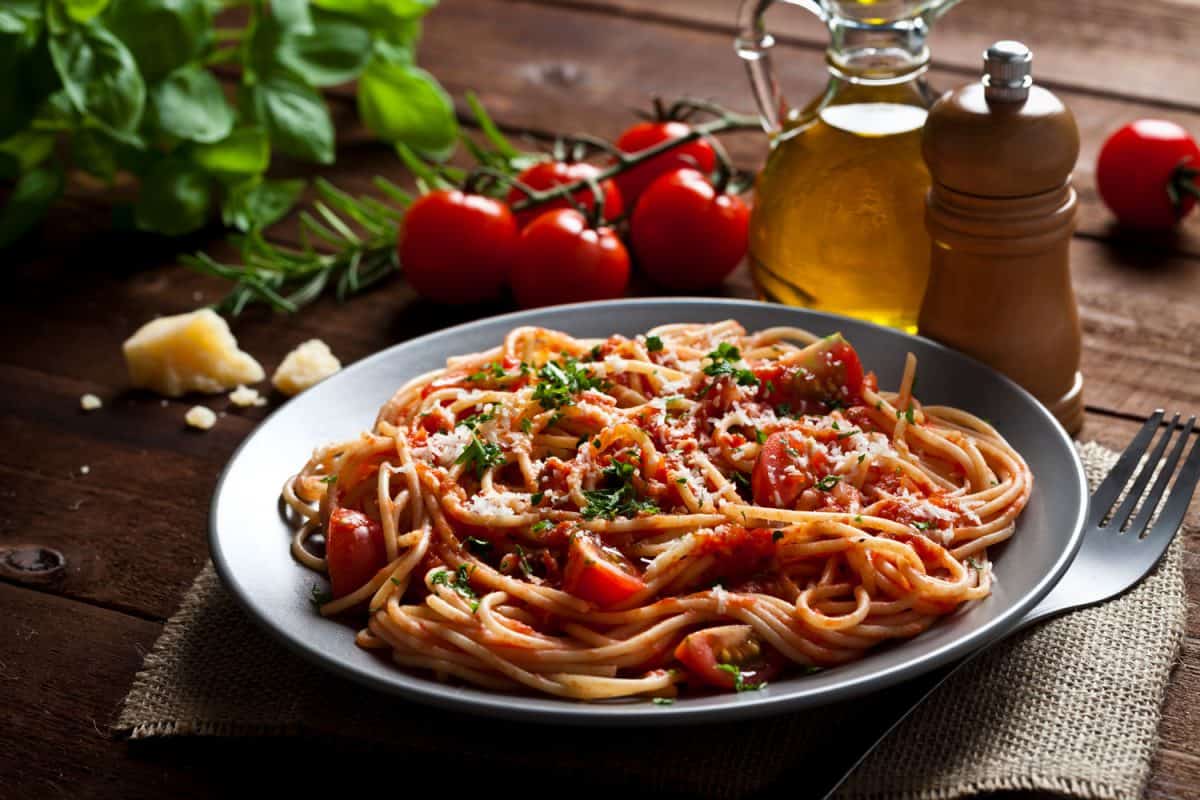
There are as many varieties of spaghetti sauce as there are Italian grandmothers out there making them. Some are complex, including meat and various herbs, vegetables, and secret seasonings. But what these sauces have in common: they are cooked tomato sauces intended for topping pasta.
To make a spaghetti sauce, you can add whole, peeled, or crushed tomatoes from the can to a pot, simmer it for at least 25 minutes, smash the tomatoes with a wooden spoon to get your desired texture then season it with salt. Simple as that!
Of course, most spaghetti sauces are at least a little more complex. This recipe from Cookie and Kate keeps it simple still. Half of an onion, a couple of garlic cloves, a bit of dried oregano, and an optional pinch of red pepper flakes are added to the simmering tomatoes to enhance the flavor.
Meaty Spaghetti Sauces
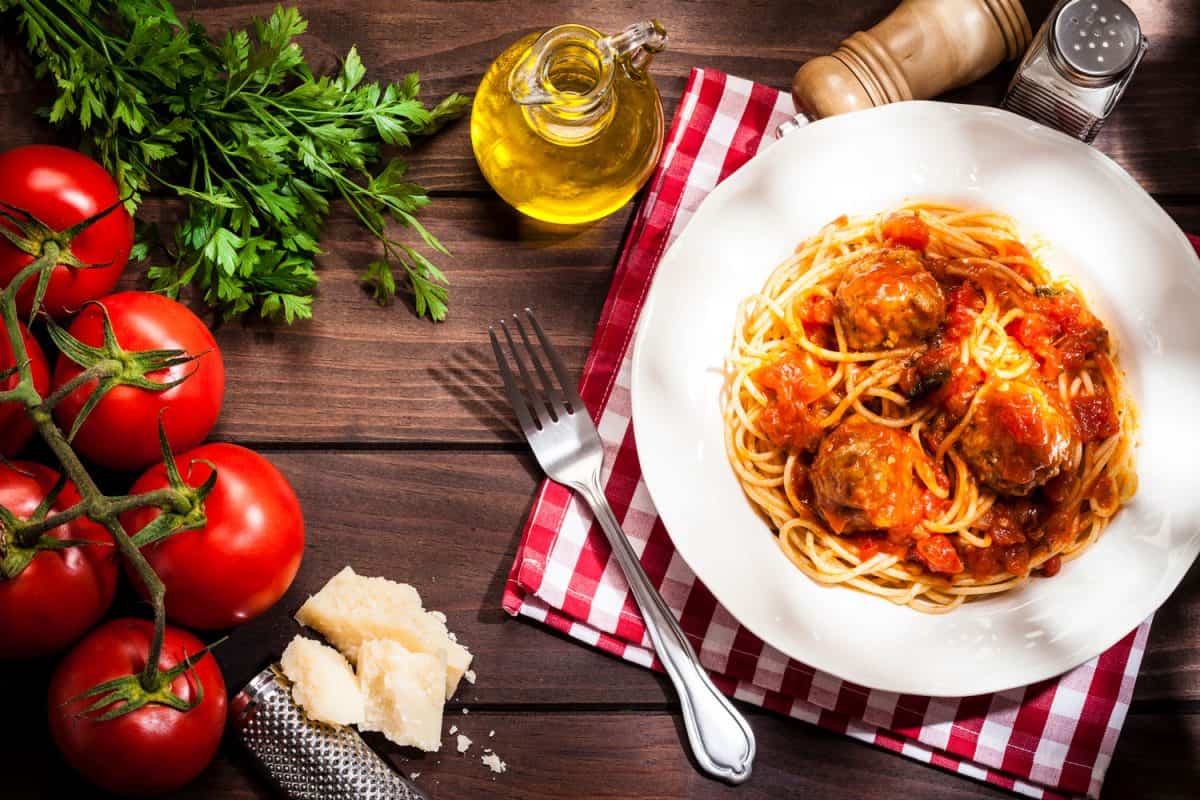
Many like spaghetti sauces with meat for an extra boost of flavor, texture, and protein. Browning the meat first helps develop its flavor. This recipe from Cooking Classy uses lean ground beef to up the ante. They also include some tomato paste, an excellent addition that deepens the flavor of your sauce nicely.
Italian sausage is also a great, meaty addition to spaghetti sauce. The richness of the sausage and the spices, and particularly the fennel seed, take the tomato sauce to a new level. This recipe from Simply Recipes uses a combination of sweet and spicy Italian sausage for incredible results.
Roasted Tomato Sauces
Another way to deepen the flavor of your sauce is to roast your tomatoes. This recipe from Food does just that and includes other vegetables for a more complex flavor. Check out our article, "How Long to Roast Tomatoes," for more tips on this process, as well as other uses for roasted tomatoes.
You can also use canned, fire-roasted tomatoes for a similar effect.
Do you need to core tomatoes for tomato sauce?
While the flesh of tomatoes cooks down beautifully in a sauce, the same can not be said of the tomato core around the stem. Most of the recipes we've covered so far all use canned tomatoes, which are already cored and peeled. If you make your tomato sauce with fresh tomatoes, you will want to core them yourself.
Fortunately, you don't need iron chef knife skills to core a tomato. You can see how to do it yourself in the video below from Blue Apron:
Should tomatoes be peeled for spaghetti sauce?
Tomato peels have a nasty habit of curling up and getting hard when cooked in sauce. The result is almost spear-like skins hiding around your sauce that you might notice poking you as you try to enjoy your spaghetti.
The secret to peeling fresh tomatoes is to core them, cut a small X into the bottom of the tomato, put them in boiling water for 10 to 40 seconds, then submerge them in ice water to cool them down. Afterward, you'll be able to remove the skin easily.
Do you take seeds out for tomato sauce?
While we recommend peeling fresh tomatoes before making a sauce, removing the seeds is really a personal preference. Some say that the seeds can add a bitter flavor to the sauce, but the tasters over at Cook's Illustrated didn't find any difference in flavor between sauces with and without tomato seeds.
For a small batch of sauce, seeding doesn't take much more time, especially if you peeled them in the way described above. This process of boiling, peeling, seeding, and dicing tomatoes even has a fancy French name: concassé.
You can see the full concassé process in the video from none other than chef John from Food Wishes below:
To concassé, dice, or slice your tomatoes, you'll want the best knife for the job. To learn how to find the right one for you, check out our article, "What is the Best Knife for Cutting Tomatoes?"
How do you thicken fresh tomato sauce?
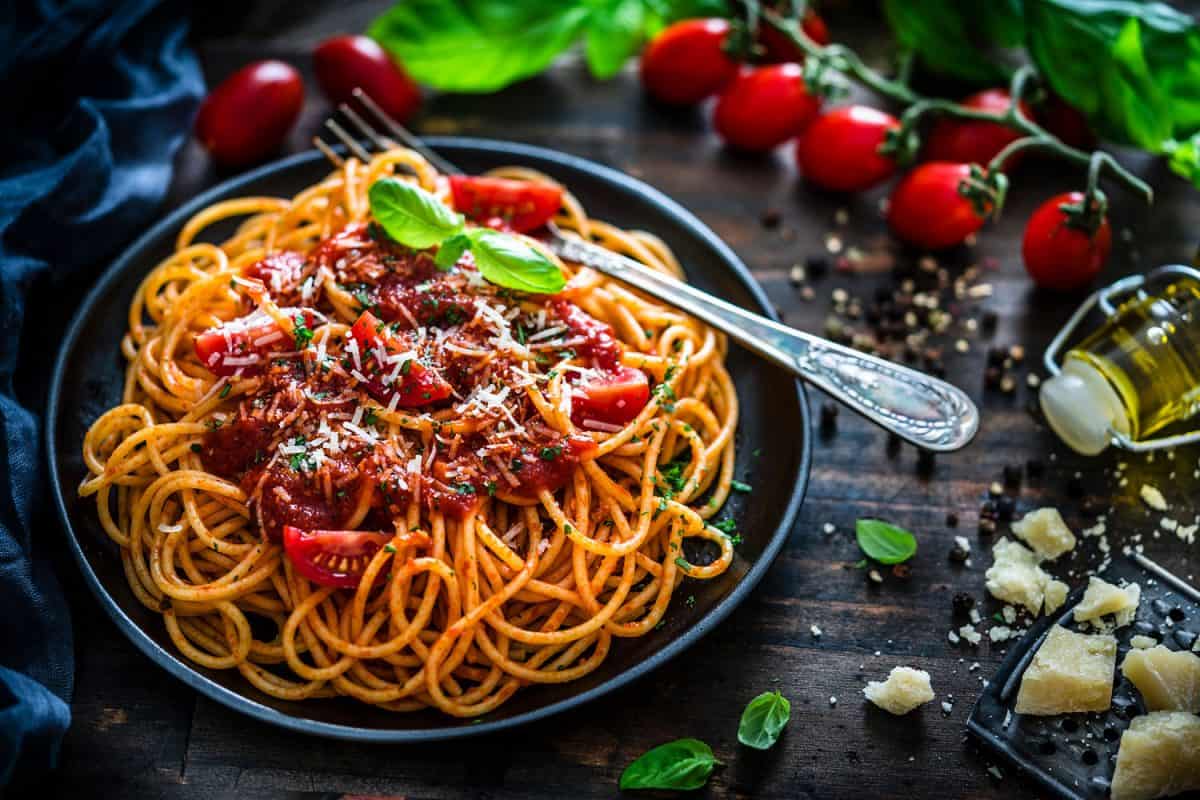
No matter how great the flavor is in your tomato sauce, it will still fall flat if it doesn't have the right consistency. While too thick sauce is easy to fix by just adding some water [pasta water is especially good for this], a too-thin sauce needs a little more technique.
The most straightforward way is to cook your sauce longer. The excess water will cook out as it simmers, reducing the sauce until it reaches the desired thickness. Try to cook the sauce at a simmer, or it may burn. Of course, this requires time, which isn't always available.
If you are short on time, you can add a thickener. A clear go-to in this case is tomato paste. Tomato paste is dense enough to add some thickness and body to tomato sauce quickly while enhancing the tomato flavor.
If you don't have tomato paste on hand, you can use more universal thickeners such as cornstarch. Just stir a teaspoon of cornstarch in a bit of water separately, then add it to the tomato sauce while stirring to dissolve it throughout the sauce.
You can add more thickener if necessary, but remember that the sauce will get a bit thicker once it's off the heat and on the plate too.
Final Thoughts
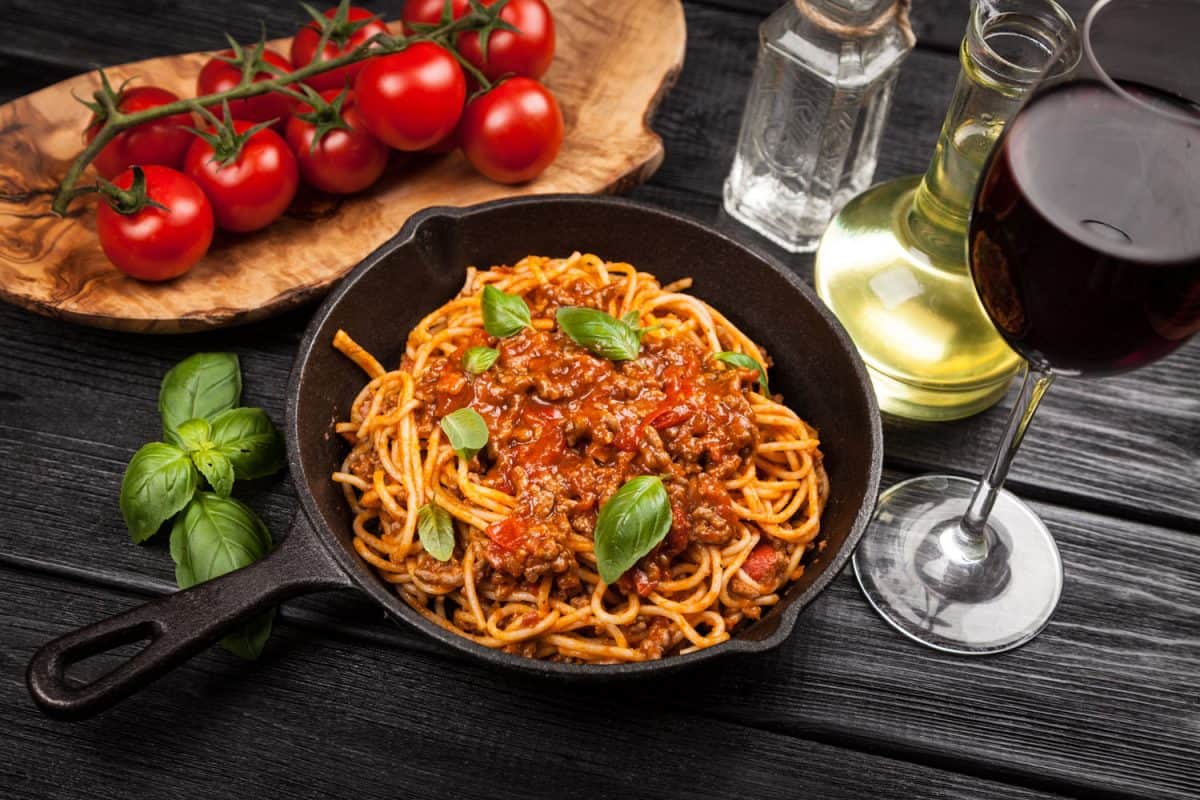
Meaty, vegetarian, traditional, or modern... there are a million ways to make a great spaghetti sauce. However, they all start in the same place: choosing the best tomatoes for the job.
Now you know more about which tomatoes work best for whipping up your own spaghetti sauce and have more recipes, tips, and tricks to make the best sauce for you and your family.
Bon Appétit!





![Oven roasted cherry tomatoes. How Long To Roast Tomatoes [A Look At Various Factors & Considerations]](https://kitchenseer.com/wp-content/uploads/2021/08/Oven-roasted-cherry-tomatoes.-How-Long-To-Roast-Tomatoes-A-Look-At-Various-Factors-Considerations-250x250.png)


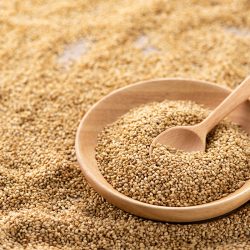
![A woman slicing a piece of tomato on her chopping board, How To Properly Dice A Tomato [3 Ways]](https://kitchenseer.com/wp-content/uploads/2021/02/A-woman-slicing-a-piece-of-tomato-on-her-chopping-board-250x250.jpg)